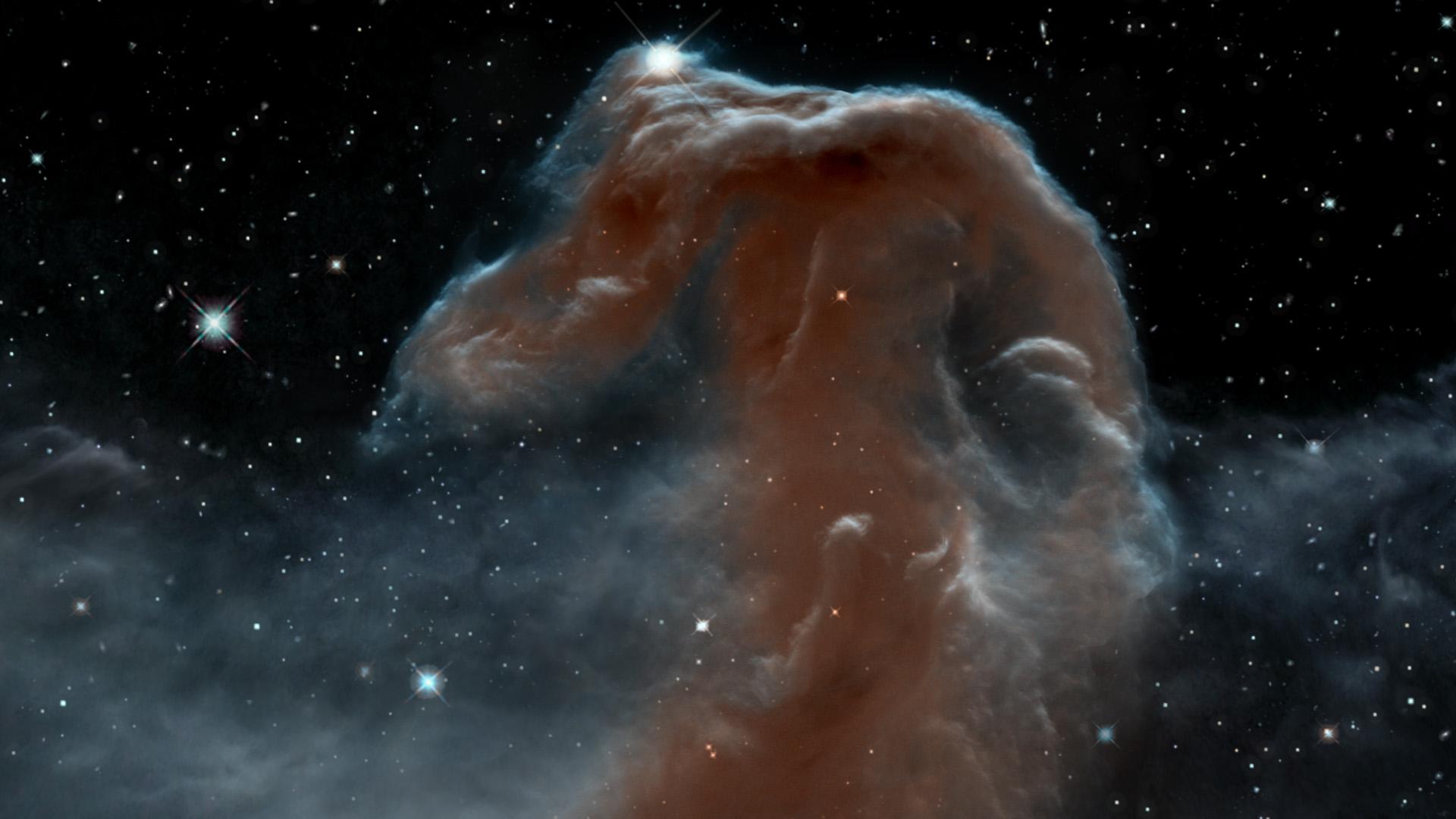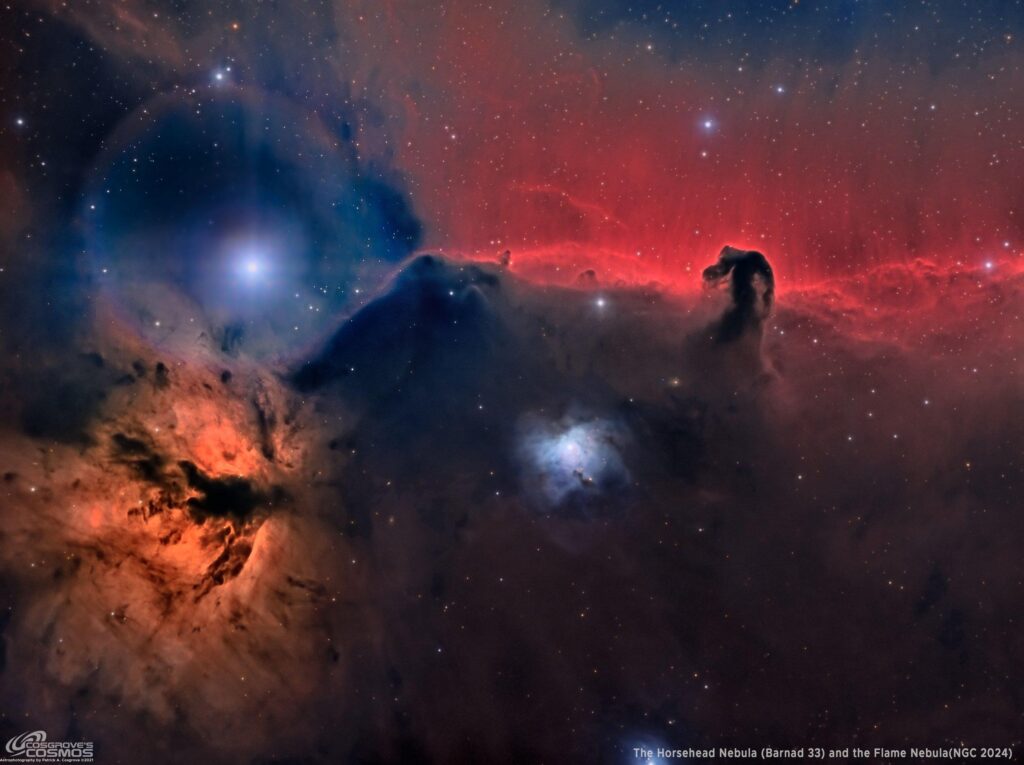In the vast, inky canvas of cosmic darkness, a celestial masterpiece has emerged, painted with unprecedented clarity and breathtaking detail. The James Webb Space Telescope, humanity’s most advanced eye into the universe, has captured the iconic Horsehead Nebula in a spectacular display that challenges our understanding of deep space imagery. This stunning revelation transforms what was once a shadowy silhouette into a vibrant, intricate landscape of stellar birth and cosmic evolution, inviting us to peer into the profound mysteries of our galactic neighborhood. In a celestial spectacle that has left astronomers and space enthusiasts breathless, the James Webb Space Telescope (JWST) has captured an extraordinary new view of the iconic Horsehead Nebula, revealing intricate details never before seen by human eyes.
Located approximately 1,300 light-years away in the constellation Orion, this cosmic formation has been a favourite subject for astronomical observation. The latest image from Webb’s advanced infrared capabilities transforms our understanding of this stellar nursery, peeling back layers of cosmic dust and gas to expose its mesmerizing inner structure.
The near-infrared and mid-infrared instruments aboard the telescope have penetrated the dense molecular clouds, rendering the nebula in unprecedented clarity. Wispy tendrils of cosmic material dance against a backdrop of starlit darkness, showing delicate filaments and intricate textures that were previously invisible to other telescopes.
Scientists are particularly excited about the image’s potential to unlock mysteries about star formation processes. The Horsehead Nebula, part of the larger Orion Molecular Cloud Complex, represents a dynamic region where new stars are continuously emerging from dense cosmic materials.
This remarkable visualization demonstrates Webb’s extraordinary technological capabilities. By utilizing advanced sensors that can detect infrared light, the telescope cuts through cosmic dust that traditionally obscured astronomical observations. The result is a breathtaking portrait that reveals the subtle architectural complexity of interstellar environments.
The image showcases the nebula’s characteristic silhouette, resembling a horse’s head, with remarkable definition. Swirling gases and dust appear almost sculptural, highlighting the natural beauty of cosmic formations. Each colour and gradient represents different temperatures and chemical compositions, providing researchers with rich scientific data.
Researchers from multiple international space agencies have praised the image as a significant breakthrough in observational astronomy. The level of detail captured offers unprecedented insights into the mechanisms of stellar birth and evolution.
Beyond its scientific significance, the image serves as a powerful reminder of the universe’s inherent beauty. It transforms complex astronomical data into a visual masterpiece that captivates both scientific and artistic sensibilities.
This latest achievement underscores the James Webb Space Telescope’s revolutionary potential. As humanity’s most advanced space observation instrument, it continues to push the boundaries of our cosmic understanding, transforming abstract astronomical concepts into tangible, breathtaking imagery that connects us more intimately with the vast, mysterious universe surrounding our small planet.

